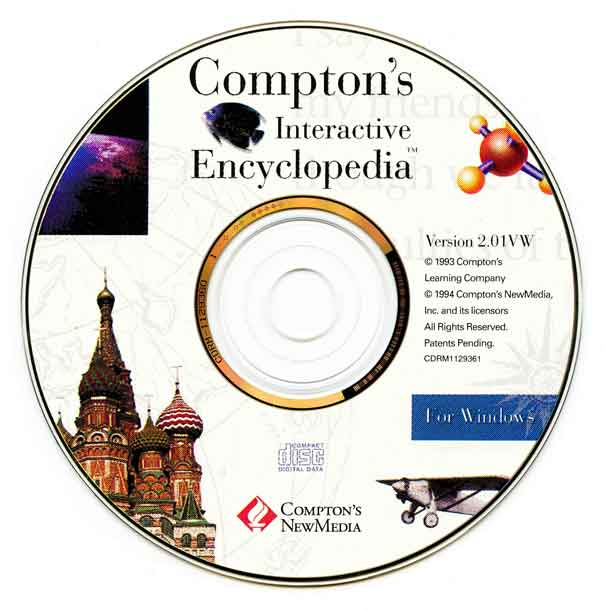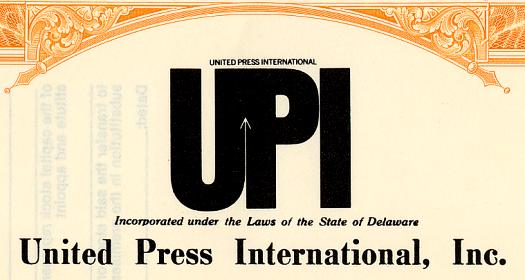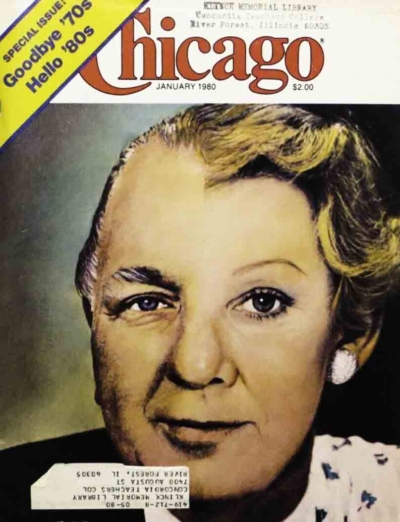The three-volume First Edition of the Encyclopædia Britannica paid homage to its classical roots in two conspicuous ways. One was a departure from the conventional spelling of encyclopedia.
The use of the æ ligature preserved an ancient bequest of Greek and Roman scribes used to denote diphthongal pronunciation. Even by 1768, this device had fallen out of use except in the most rarefied of contexts.
The other nod to antiquity was the Latinate title itself. It could easily have been called the British Encyclopedia, since Latin had long ceased to be the lingua franca of the educated. In the more than two and a half centuries since that First Edition, Britannica’s stewards have continually changed everything else about the work, but they have always left its unusual title untouched.
The current 15th Edition was first published in 1974. The last print set bore the 2010 year on its copyright, and the permanent cessation of printing the Encyclopædia Britannica was announced in 2012.
Although there were regular revisions of print editions published since the 1930s, readers typically kept their sets up to date by annually buying yearbooks that reviewed recent developments.
Today, the Encyclopædia Britannica is available to a global audience never dreamed of in the history of the print set. In the current era, the online version of Encyclopædia Britannica receives over 7 billion annual page views in more than 150 countries, with in excess of 150 million students using it in more than 20 languages.









